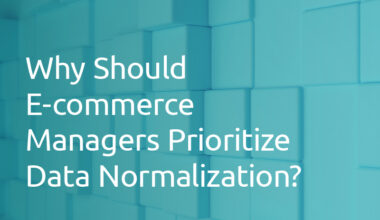The realm of e-commerce is a data-intensive one. From customer behaviors to transaction histories, product details to real-time analytics, the plethora of data that e-commerce businesses must manage is vast and complex. To tame this complexity and generate actionable insights from their data, many organizations turn to data aggregation. A crucial strategy for optimizing this process is the implementation of hierarchical structures.
Understanding Hierarchical Structures in Data Aggregation
In data aggregation, hierarchical structures provide a systematic way of organizing and categorizing data. Much like a family tree, hierarchical data models organize data into a tree-like structure with a single root and a series of branches and leaves. This structured approach not only simplifies data navigation but also provides context to the data, making it easier to analyze and understand.
Benefits of Hierarchical Structures
There are several reasons why hierarchical structures prove beneficial in data aggregation:
1. Contextual Understanding: Hierarchies provide context to data, allowing for more meaningful interpretation and analysis.
2. Improved Performance: Hierarchical structures can improve query performance by reducing the data volume needed for analysis, thus making the process more efficient.
3. Enhanced Data Quality: Hierarchies can help maintain data consistency and integrity, thereby improving overall data quality.
Implementing Hierarchical Structures
Creating a hierarchical structure begins with identifying the various levels in your data. The next step involves establishing parent-child relationships between these levels. Tools such as database management systems (DBMS), data visualization tools, and dedicated data aggregation platforms can assist in building and managing hierarchical structures.
Challenges and Potential Solutions
Implementing hierarchical structures isn’t without its challenges. These can include difficulties in maintaining the structure as data volume grows, potential for redundancy, and complexities in managing changes in the hierarchy. To overcome these challenges, businesses should leverage robust DBMS, incorporate automation where possible, and ensure a well-defined data governance strategy is in place.
Hierarchical structures can vastly improve the process of data aggregation, offering businesses a clearer view of their data and thus enhancing decision-making capabilities. While implementing such structures may come with challenges, the benefits they offer make them a valuable asset for any e-commerce business aiming to optimize their data aggregation efforts.
Learn more about how we can support your data aggregation needs here.
 1.416.619.5349 Ext.325
1.416.619.5349 Ext.325 







